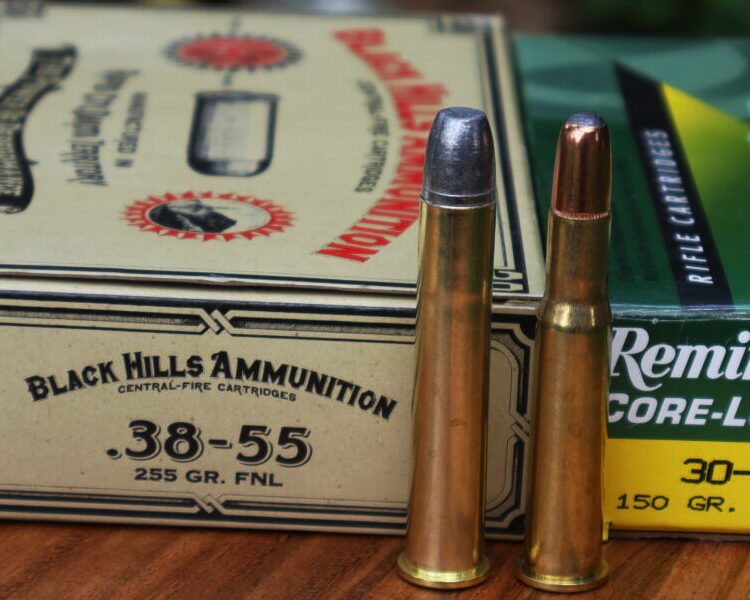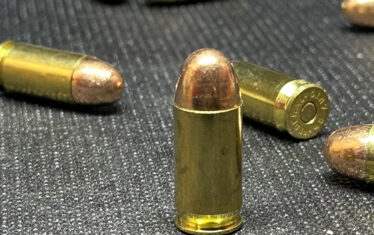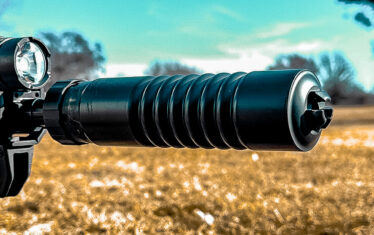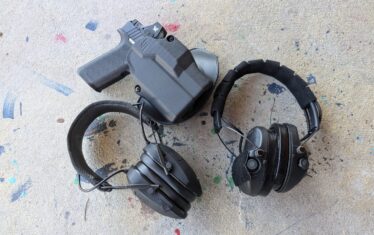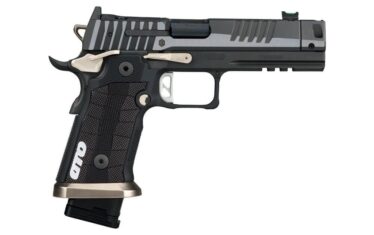We tend to look at firearms history the same way we look at any of the other histories. That is, the Great Man Theory of history where larger-than-life individuals are seen as the driving force behind major events, rather than as products of those events.
We remember and study the great gun innovators of the world — Samuel Colt, the Hiram Maxim, and John Browning, for example — but in reality, the innovations of these historical actors were further advanced by a great mass of people attempting to seek improvement.
The 19th century began with smoothbore flintlock muskets and ended with the machine gun. It was an era that saw all three of the aforementioned actors push the envelope in a wave of development not seen before or since. But remove the rise of smokeless powder and their accomplishments are lessened and we do not arrive at the world of modern firearm as we know it.
Black powder: A Mainstay for the centuries
Although we know who created the first revolver and the first machine gun, we do not know who invented black powder. It is likely to have originated as an accidental concoction of Chinese medicine before the year 1000.
That simple mix of charcoal, saltpeter, and sulfur had explosive potential that was first used in fireworks before its value was realized in projectile weapons. Those lessons were deepened by the Turks and the Europeans who encountered them as the Ottoman Empire expanded. The power of these new weapons was self-evident and in time, black powder weapons became reliable and portable enough to displace the archer and pikeman.
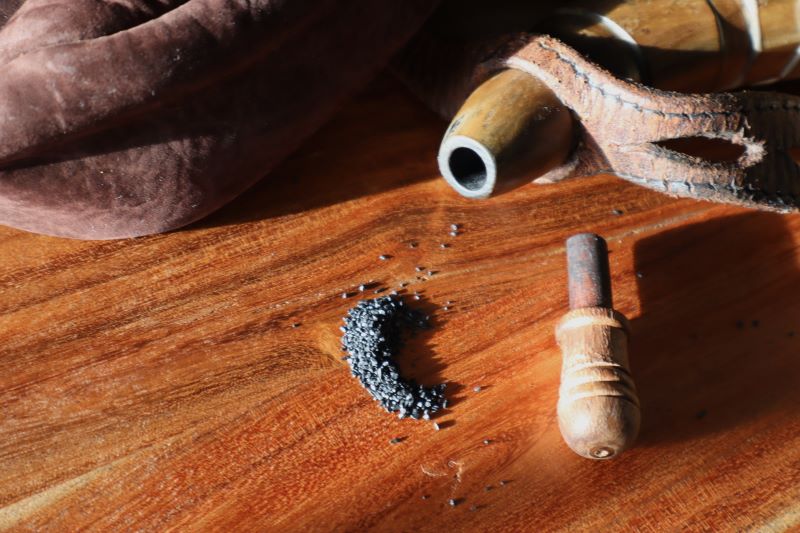
For most of firearms history, guns used black powder and were usually muzzleloading, requiring the projectile and powder to be pushed down the barrel. The journey of gun technology lay in how to set off the gun once it was loaded. First came the matchlock, then the self-igniting wheellock and flintlock, before the first caplock guns were introduced in the 1820s.
Caplock guns were still predominately muzzleloaders but used a copper cup primed with an explosive that shot flame when struck. These percussion caps were more weatherproof and reliable than the previous systems that required exposed powder and sparks to work.
With the percussion cap, the repeating firearm was possible and Samuel Colt was able to develop his revolver. Its rotating cylinder was still muzzleloading but it took percussion caps.
The next step was to somehow skip the muzzleloading step and contain the cap, powder, and bullet in one watertight container that could be readily loaded. In 1857, Smith & Wesson debuted its No. 1 revolver, which had a bored-through cylinder and chambered the .22 Short cartridge.
Just in time for the Civil War, the cartridge had finally arrived, and repeating rifles and cartridge handguns were fielded alongside their muzzleloading cousins with notable results. Firearms were now higher capacity, more waterproof, and more reliable than ever, but the one unchanging variable was black powder.
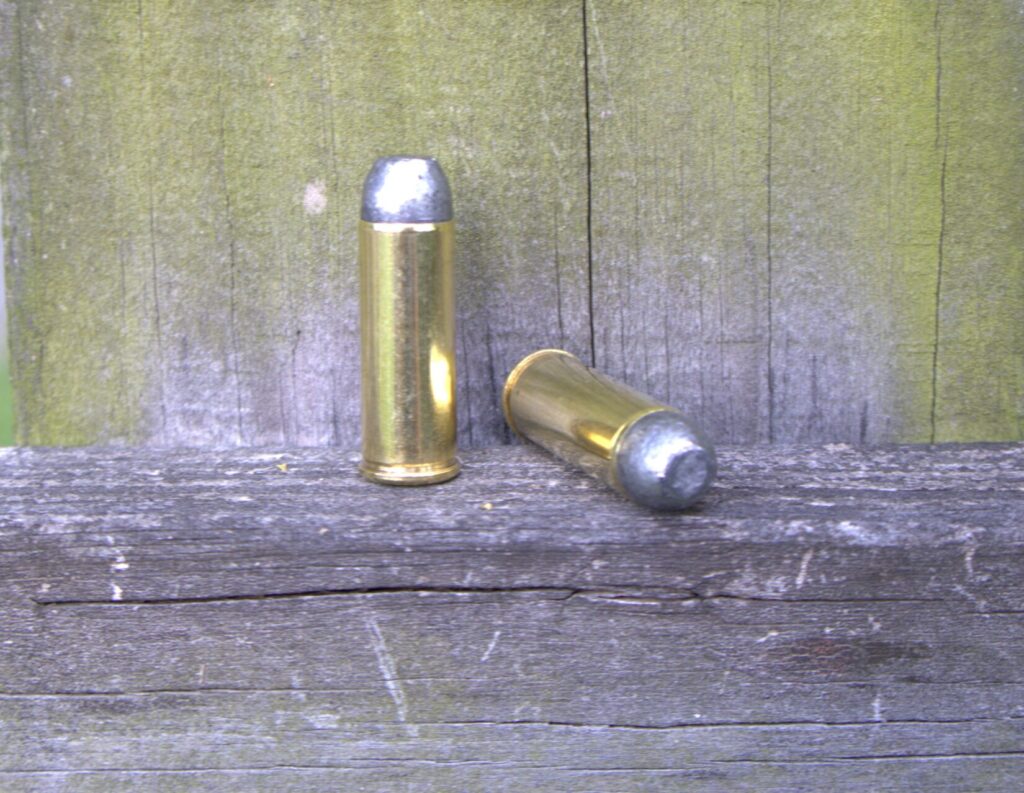
The Problems of Black Powder
Black powder was the default propellant for centuries, but simply existing for so long did not make it perfect. Over time, the corning process of milling powder was perfected to make black powder more powerful. Different granulation sizes were made to achieve the best burn in firearms of different calibers.
Even so, black powder was problematic. Black powder, even at its best, was corrosive when fired, did not burn completely, and left much of itself behind with every shot. Black powder also operated at relatively low pressures that limited the range of the ammunition and produced copious amounts of smoke, which presented practical and tactical problems for the user.
When there is not enough oxygen between the grains, black powder does not burn completely. A fair bit of the charge is pushed out of the muzzle to burn or travels unburned toward the target and never acts upon the bullet as it comes out of the muzzle.
The black powder gun, whether a muzzleloader or cartridge gun, took a heavy charge to achieve higher velocities. Some smaller caliber muzzleloaders can approach or exceed 2,000 feet per second with relatively small charges. Most long guns that shot blackpowder were still supersonic, but nowhere near modern rifle territory. As such, black powder guns usually relied on a heavier projectile and/or a heavier charge to get a better range and better performance.
Longer conical bullets like the Minié Ball helped the situation. These bullets were less affected by wind drift and drop and the caliber of gun could be reduced without affecting powder, compared to the old lead musket ball.
The experimentation with different bullets and cartridge cases led to an arms race among civilian makers and the military industries to develop rounds that could go further and faster than before. Smaller caliber bullets with more powder became the answer.
Initially the US Army adopted a .58 caliber rimfire round in their converted muskets after the Civil War. It was the same .58 caliber bullet and 60 grains of powder as used on the old paper cartridges. That gave way to the .50-70 and then the .45-70 in 1874.
Many black powder cartridges were so named by caliber and powder charge. In the case of the .45-70, it was a .45 caliber bullet backed by 70 grains of black powder. Hunting cartridges expanded the envelope further with rounds like the .45-90 and .50-140, which used large charges packed in ridiculous cases to get a flatter trajectory out to 1,000 yards with energy to spare.
Later bottlenecked cartridges became a preferable way to up the ante. The .44-40 Winchester, which found success in the lever action Winchester 1873 and Colt Single Action handgun, was just such a cartridge. The .40-70 was just such another. It took a .45-70 case that was necked down for a lighter .40 caliber bullet.
At the very end of the black powder era, the British .303 cartridge was initially adopted in 1888 as a black powder cartridge. Such events were proofed by the work of Col. Eduard Rubin. As part of his work for the Swiss Army, he discovered that smaller caliber bullets, traveling at high velocity could be just as effective as bigger bullets but had the benefit of a flatter trajectory that made it easier to hit point targets.
Rubin also invented a full metal jacket bullet in 1882. It featured a lead bullet with a copper jacket that could fly at high velocity without melting in the bore and there was no need for copious amounts of wax or grease for lubrication.
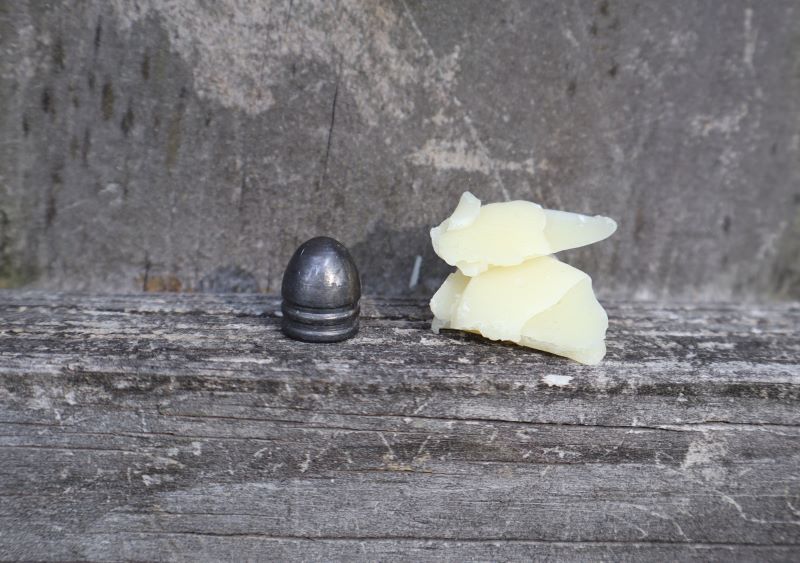
Fouling and lubrication were another issue that had to be mitigated with black powder. Because of its inefficient burn, black powder leaves a lot of itself behind as residue. That residue could build up to the point that repeated firing could become impossible.
During the Revolutionary War, the smoothbore musket was king, not because of its accuracy but because of its ability to fire quickly. It had a smooth bore that did not collect fouling and used an undersized ball in paper cartridge that was easy to ram down the barrel.
In the rifled era, lubrication of the projectile was important. Conical bullets like the Minié Ball have grease grooves to hold enough lubrication to prevent the bullet from leading in the bore and to keep the black powder fouling soft.
If the fouling was allowed to harden, accuracy would suffer in short order and the gun became harder to clean. It did not help that the sulfur used in black powder absorbs moisture from the air, making it corrosive. Although black powder guns did not rust out in a day, keeping them clean was something to do sooner rather than later.
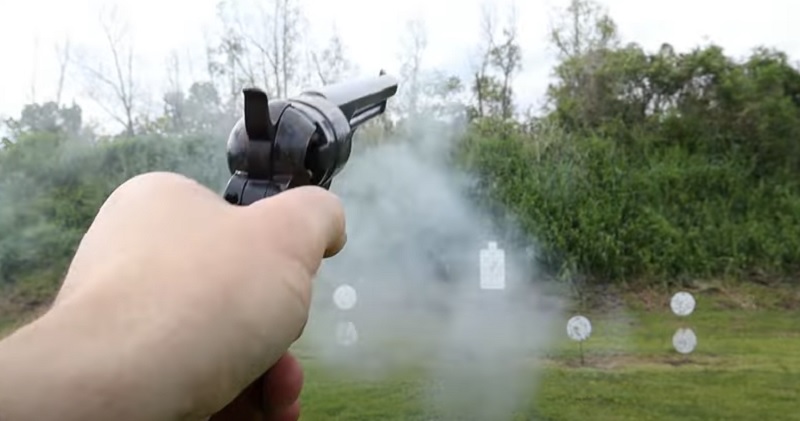
When used tactically, black powder guns also produced a cloud of white smoke when fired. This gave something for the opposition to look for as that smoke gave away the shooter’s position. When hunting and target shooting, the user often could not see the impact on the target until the smoke cleared.
When magnified from the individual to the unit level in a military context, constant firing of black powder made it difficult to see the opposition as constant firing in light or no wind would cause a literal “fog of war” to hang on the battlefield. This served as a smoke screen to move on the battlefield, but it also necessitated that the troops and their commanders stay together for the sake of communication. Friendly-fire incidents and high officer casualties were an unfortunate consequence.
The Introduction of Smokeless Powder
While tacticians and shooters had their ways with getting around the problems of black powder, it was a new leap forward in chemistry that eliminated those problems entirely.
Like the invention of black powder, the road to smokeless started with an accident. In 1846, German chemist Christian Schoenbein accidentally spilled nitric and sulfuric acid on his kitchen table and cleaned it with cotton apron. Once the apron dried, the stain suddenly flashed. Schoenbein had discovered the basic formula for nitrocellulose, a smokeless explosive.
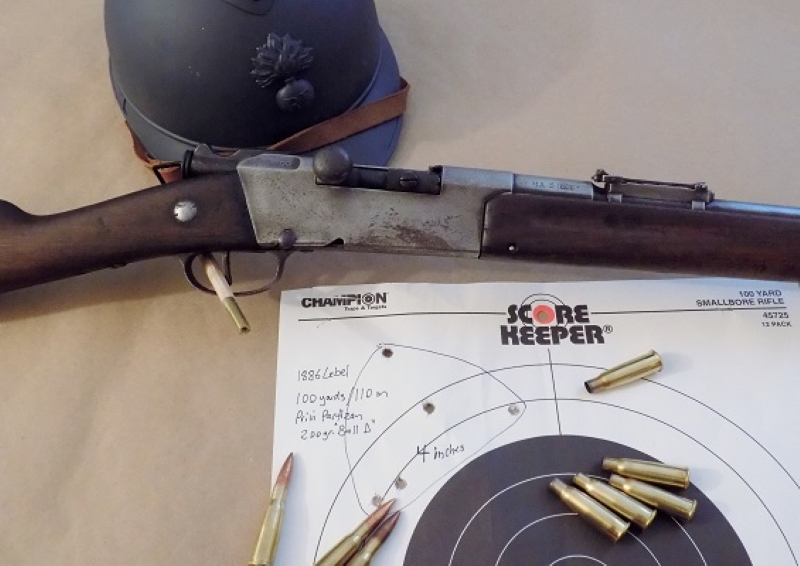
But the process of making nitrocellulose in a useful form was an unsafe process and the eventual product of gun cotton that was used in explosive shells and mines was too unstable on its own as gun powder.
The French chemist Paul Vielle stabilized gun cotton with alcohol and paraffin wax. The end product was then rolled into flake form. This flake powder, called Poudre B, was delivered to the French government in secret in 1884.
The Third Republic, eager to get an advantage in the leadup to a future war with Germany, developed the first smokeless powder cartridge in the 8x50mm Lebel and debuted the Lebel Infantry rifle in this new cartridge in 1886, to the shock of the world.
The Lebel rifle was little different from the previous black powder Gras rifle. It borrowed the same bolt and tubular magazine. It even borrowed the 11mm Gras case, but it was necked down for a copper jacketed 231 grain 8mm bullet. A modest dose of Poudre B propelled this small caliber, high density bullet at over 2,300 feet per second.
This new rifle falsely reported to be noiseless, but in truth, the rifle produced no smoke, little fouling, and effectively doubled the distance the soldier could engage the enemy armed with black powder cartridge rifles.
In a few short years, most powers abandoned their black powders and developed their own smokeless ammunition. They adopted more adaptable rifles to take advantage of the ammunition, such as the Krag-Jorgansen, the Lee Enfield, and, of course, the Mauser.
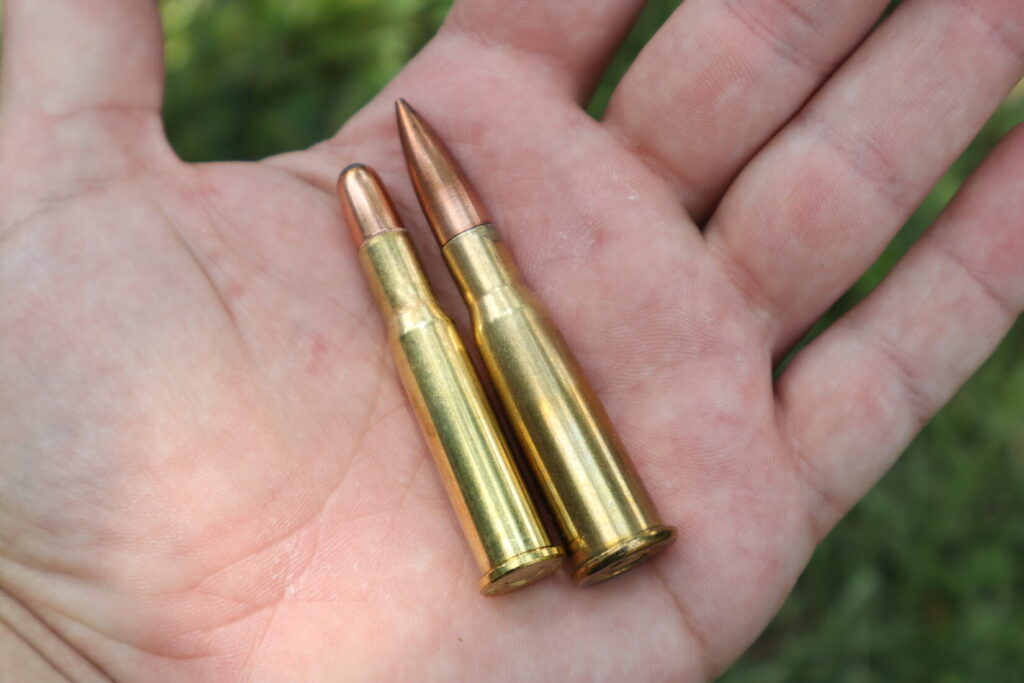
The civilian world also saw the advantages of a smaller-caliber, flatter-shooting smokeless round. In the United States, the .30 Winchester Centerfire Rifle cartridge holds the distinction as the first smokeless rifle cartridge on the civilian market. Winchester released their stronger small and medium-sized lever actions in the Model 1892 and Model 1894 to update their older Model 1873 and 1876 black powder rifles.
The Model 1894 was developed for the black powder .38-55 and .32-40 cartridges. But Winchester debuted the Model 1894 in .30 WCF or .30-30, the following year in 1895. The .30-30 uses a .38-55 case necked down to for a .30 caliber jacketed flat point bullet. It featured 150-180 grain bullets that clocked in at over 2,200 feet per second, which put it on par with the .45-70 Government cartridge.
The .30-30 would soon be joined by the Army’s .30-40 Krag and a crop of new rounds intended to replace black powder in their respective niches.
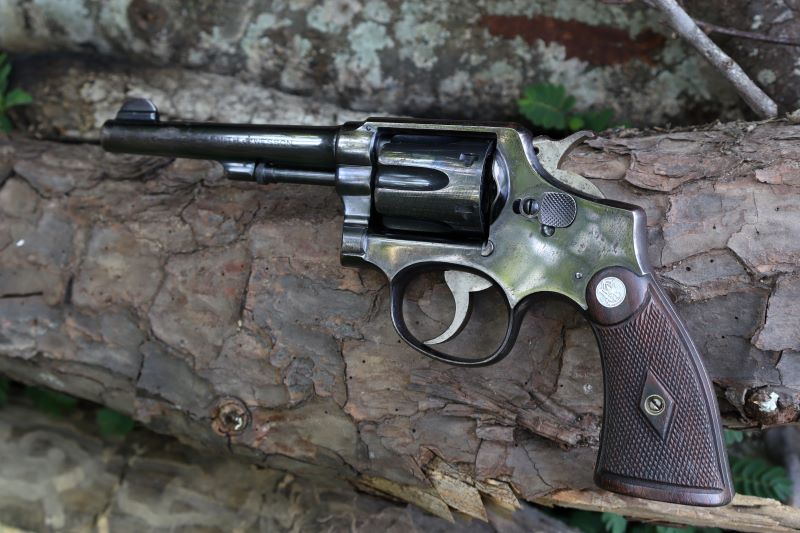
Although the transition from black powder to smokeless took only a handful of years in military circles, black powder never fully disappeared and rounds continued to be introduced as black powder or hybrid cartridges.
The French developed an 8mm smokeless pistol cartridge for their Model 1892 revolver, but that year the US Army adopted a revolver in the black powder .38 Colt cartridge. When it was first introduced in 1899 with the Smith & Wesson M&P revolver, the .38 Special consisted of 20 grains of black powder over a 158 grain bullet.
Handguns continued to be proofed for black powder into the turn of the 20th century. In 1899, Winchester debuted the Model 1894 in the .32 Winchester Special. It is a smokeless round with a larger .32 caliber bullet in a .38-55 case that was intended to be easier to load with black powder and readily available cast lead bullets.
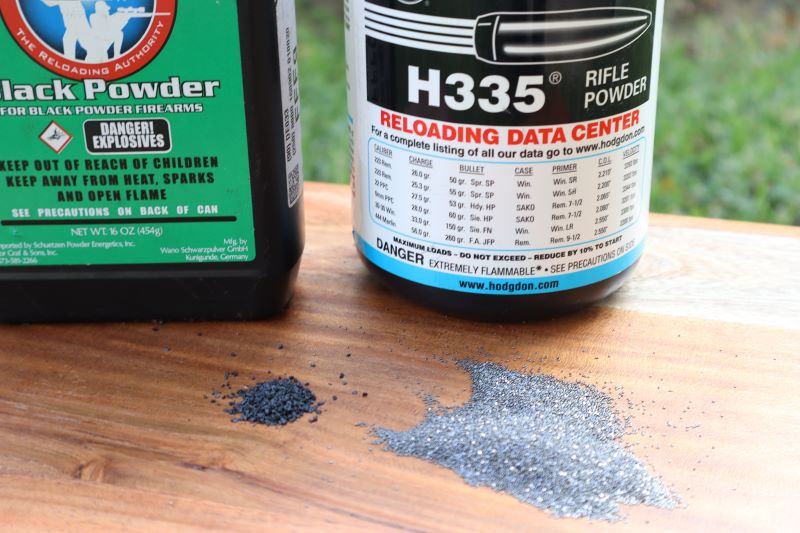
Although black powder cartridges continued to be factory loaded until after World War II, most available cartridges had made the jump to smokeless powder or faded from use as the last preserve of old hands with old guns.
The revival of muzzleloading after the war, the rise of reenacting on the 100th anniversary of the Civil War, and the emergence of cowboy action shooting as a competitive sport, has brought black powder from the brink.
Now, both reloaders and sportsmen can pick and choose whether they want to make smoke or not.





